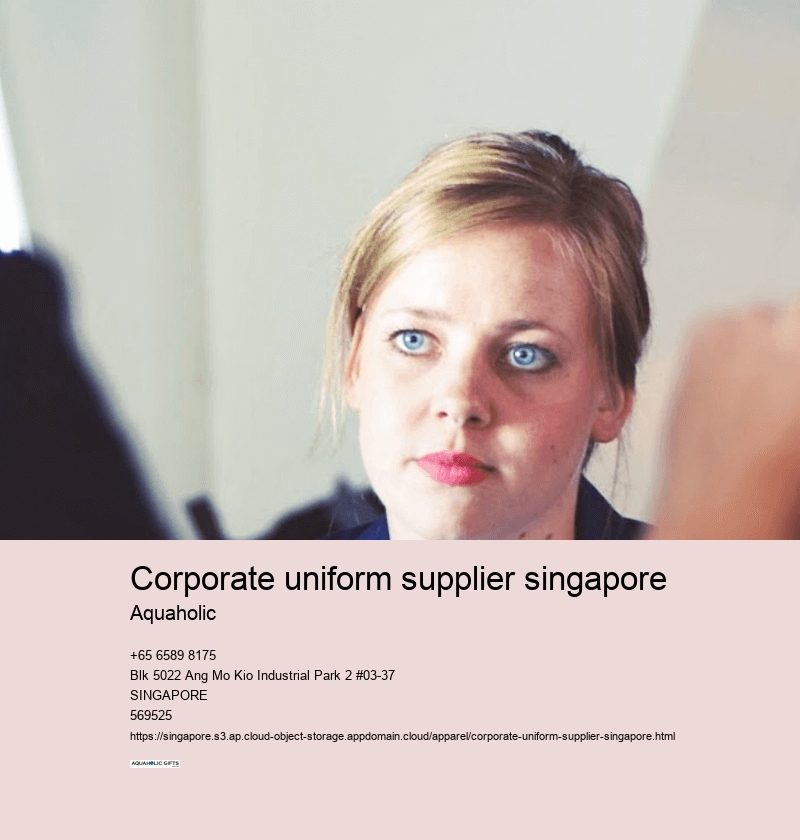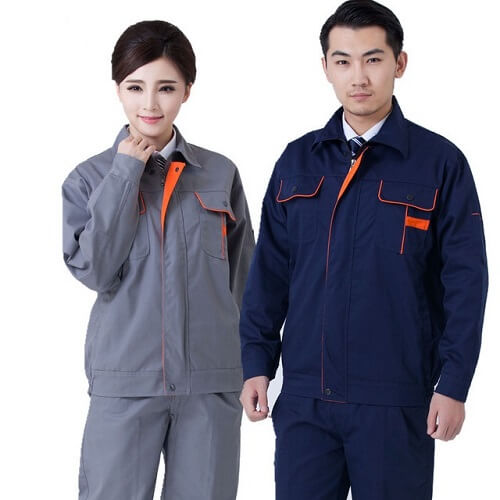corporate uniform supplier singapore
uniform embroidery near me
In the maze of fabrics selecting one that is in tune with the climate and formality of work is a skill that we can master today. Different materials reflect various levels of formality. Ergonomics ensures that the design supports the wearer’s physical needs, promoting comfort and productivity.
Because it’s breathable, durable, and presents itself with a crisp elegance that suits the corporate world perfectly. Be aware that when you're trying to find the perfect aesthetic, function should not be neglected.
The easier the maintenance, the more likely the uniform will retain its comfort and appearance over time. Staying ahead of the curve aids to navigate the ocean of competition with foresight as well as preparedness.
Imagine going to work for a whole day's work but the uniform you're wearing is uncomfortable, tight, or not fitting properly. Knowing the physical demands of the job is crucial to ensure the design of uniform.




